Call Center Cost Savings: Proven Strategies to Cut Costs Without Compromising Quality

Call centers are essential for customer support, but can be costly. To stay profitable without sacrificing service, businesses need smart strategies for call center cost savings. In this article, we explore the crucial topic of call center cost savings and highlight the best time tracking software to support your efforts.
Breakdown of Call Center Expenses: Direct and Indirect Costs
Understanding the various costs associated with running a call center is essential for identifying opportunities for savings. These costs can be broadly categorized into direct and indirect expenses.
| Cost item | Description |
|---|---|
| ➡️ Direct costs | |
| Salaries and wages | Compensation for call center agents, supervisors, and managers |
| Training and development | Costs of onboarding, ongoing training, and skills development |
| Technology and equipment | Expenses for hardware, software, CRM systems, and telephony |
| Facilities | Rent, utilities, and maintenance of the physical call center space |
| ➰ Indirect costs | |
| Recruitment and hiring | Expenses for attracting, interviewing, and onboarding new staff |
| Employee turnover | Costs of staff replacement and productivity loss during transitions |
| Administrative overheads | Support from HR, finance, and other administrative teams |
| Quality assurance | Efforts to monitor performance, maintain service quality, and meet compliance |
You can track all expenses you want with the help of the best expense trackers for businesses!
Top 13 Call Center Cost Savings Strategies
1. Optimize workforce management
Workforce management plays a key role in reducing call center costs. By using advanced tools to forecast call volumes and schedule agents accordingly, businesses can avoid overstaffing during slow periods and understaffing during busy ones. This minimizes idle time, aligns staffing with demand, and boosts both efficiency and service levels.
Example: A utility company might use a workforce management (WFM) system to analyze historical call data and adjust staffing in real-time. This ensures agents are only scheduled when needed, cutting labor costs while maintaining service quality.
2. Implement self-service options
Self-service tools like Interactive Voice Response (IVR) systems and chatbots let customers handle common issues, such as checking balances or tracking orders, without speaking to an agent. These solutions reduce inbound call volume, lower operational costs, and let agents focus on complex tasks.
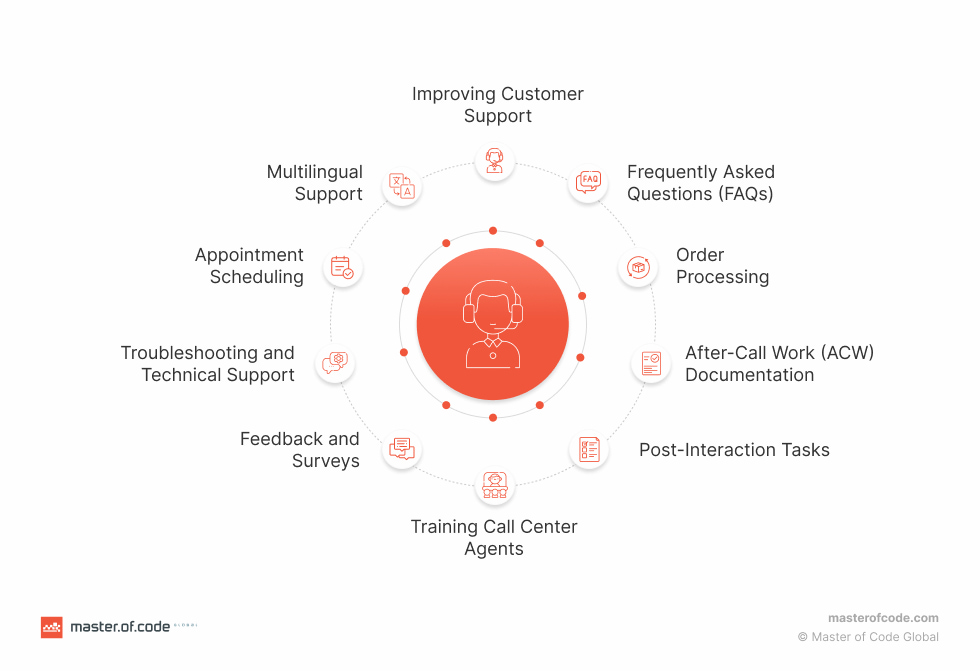
Example: A retail company might deploy an AI chatbot to handle questions about order status or return policies. This reduces agent workload and improves overall efficiency.
3. Invest in training and development
Well-trained agents drive better call center management and long-term call center cost savings. Investing in solid training helps agents handle a wide range of issues efficiently, reducing errors and the need for constant supervision or rework. Ongoing development also keeps them up to date on new products and processes.
Equipping your team with the right skills lowers turnover, cuts training costs for replacements, and boosts productivity.
Example: A tech support center might roll out a targeted training program focused on troubleshooting and technical knowledge. This improves first-call resolution and shortens handling times, leading to lower operational costs.
4. Leverage cloud-based technology
Switching to cloud-based call center solutions can cut infrastructure and maintenance costs. Unlike traditional on-premise setups, cloud platforms require minimal upfront investment, scale easily with your business, and include automatic updates, reducing IT demands and downtime.
They also support remote work, helping lower expenses related to office space and utilities. The flexibility and scalability of cloud systems make them a smart, cost-effective option for call centers aiming to reduce overhead.
Example: If your call center faces rising maintenance costs from outdated hardware, moving to a cloud-based solution can eliminate the need for expensive upgrades and reduce IT workload. For example, using a cloud-based CRM allows agents to access customer data from anywhere, boosting productivity while cutting operational costs.
5. Outsource non-core activities
Outsourcing non-core tasks—like data entry or technical support—can significantly lower call center costs. By working with specialized providers, you can delegate routine work to external teams and let your in-house agents focus on high-impact, revenue-driving interactions.
This not only reduces labor costs, especially when outsourcing to regions with lower wages, but also provides flexibility to scale up or down with demand, helping manage expenses more efficiently.
Example: If routine tasks are consuming too much agent time, outsourcing can help. For example, a healthcare provider might outsource appointment scheduling, freeing internal staff to handle more complex patient needs while cutting overall costs.
6. Improve First Call Resolution (FCR)
First Call Resolution (FCR) is a key metric that directly impacts call center costs. When customers’ issues are resolved on the first call, it reduces the need for follow-up calls, leading to lower overall call volumes. Improving FCR can be achieved through better training, access to customer data, and empowering agents to make decisions on the spot. By focusing on resolving issues during the first interaction, you can decrease call handling times and improve customer satisfaction, which in turn reduces the resources needed to manage repeat calls.
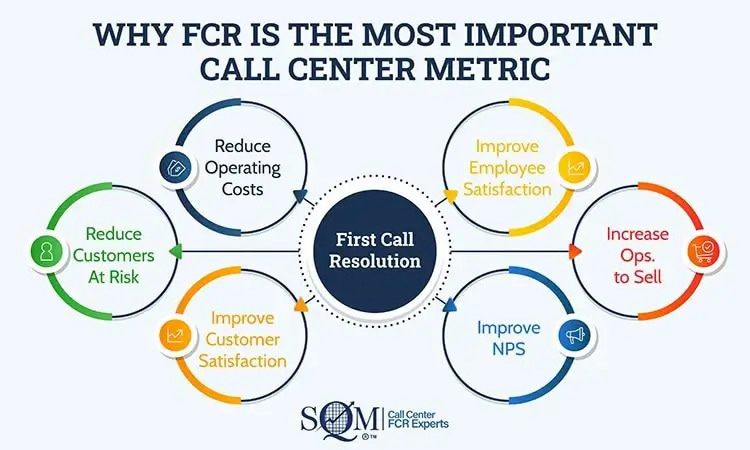
Example: Imagine your call center struggles with repeat calls, leading to higher labor costs. By using an AI-driven analytics tool, you can equip them to resolve issues on the first contact. For instance, an insurance company might use such a tool to give agents access to a customer’s policy details and past interactions instantly, enabling them to resolve inquiries without needing follow-up calls.
7. Use data analytics
Analyzing call center data—like call volumes, durations, and agent performance—helps uncover inefficiencies and opportunities for improvement. For instance, if specific call types consistently take longer, it may signal the need for better training or updated processes.
Call analytics also support smarter call routing by directing customers to the most suitable agents, which reduces handling time and boosts efficiency. Using data-driven insights enables informed decisions that cut costs while maintaining service quality.
Example: A telecom company might find, through regular performance analysis, that certain issues take too long to resolve. By updating training or revising scripts, they can shorten call durations and lower overall operational costs.
8. Adopt a multichannel approach
Encouraging customers to use alternative communication channels, such as email, chat, or social media, can alleviate pressure on voice channels and lead to cost savings. Multichannel customer support allows agents to handle multiple interactions simultaneously, unlike phone calls, which are typically handled one-on-one. This increased efficiency can reduce the number of agents needed to manage customer inquiries. Additionally, offering customers the flexibility to choose their preferred communication channel can improve customer satisfaction and reduce the likelihood of call escalations, further lowering operational costs.
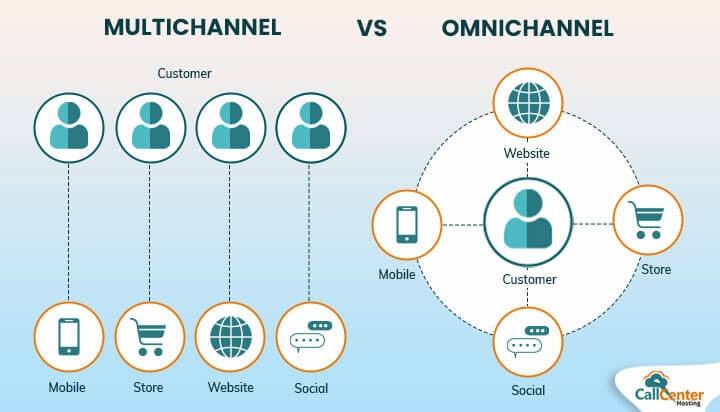
Example: If your call center primarily handles inquiries over the phone, expanding to include channels like email, chat, and social media can spread the workload and reduce phone call volumes. For example, a bank might integrate social media support, allowing customers to resolve minor issues via Twitter or Facebook, which costs less than handling the same inquiries over the phone.
9. Enhance employee retention
Enhancing employee retention through initiatives such as career development programs, recognition schemes, and creating a positive work environment can lead to significant cost savings. Long-term employees tend to be more knowledgeable and efficient, requiring less supervision and contributing to a more stable and productive work environment. By reducing turnover, you can lower the costs associated with onboarding and training new staff while maintaining high service quality.
Example: A financial services call center might introduce a mentorship program where experienced agents guide new hires through their first few months. This not only helps new employees feel supported and more confident in their roles but also fosters a sense of community within the team. Over time, this results in a more experienced and efficient workforce, reducing the costs associated with frequent hiring and training.
10. Automate routine tasks
Automation of routine tasks, such as data entry, call logging, and follow-up communications, can free up agents to focus on more complex customer interactions. Automation tools can handle repetitive tasks quickly and accurately, reducing the likelihood of human error and speeding up processes. By automating these tasks, you can reduce the workload on your agents, allowing them to manage more calls or take on additional responsibilities without the need for additional staffing.
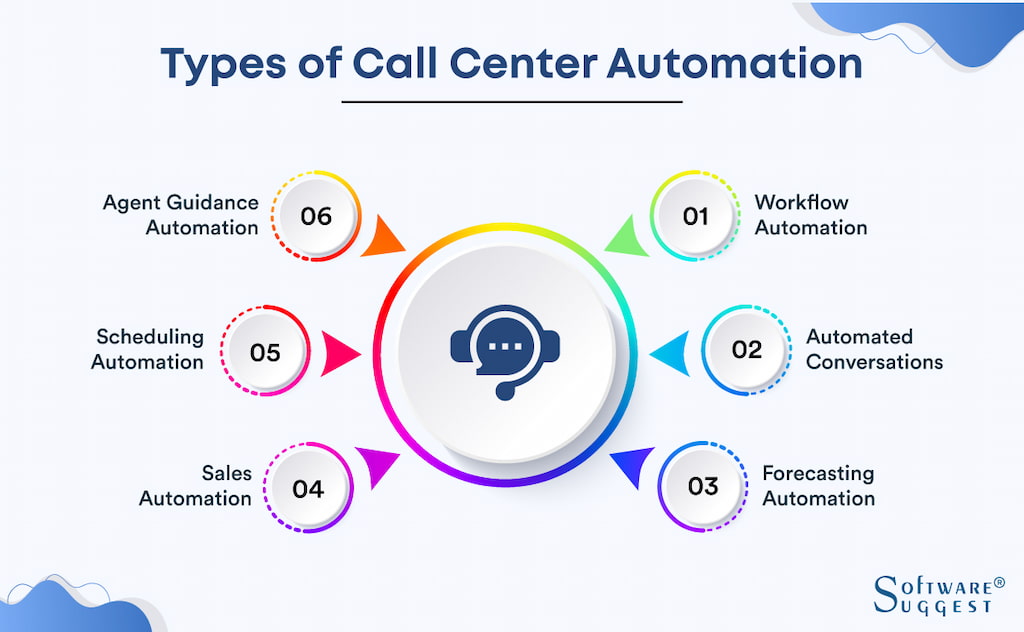
Example: Implementing automation for repetitive tasks can free up agents for more valuable interactions. For instance, a bank might automate the process of verifying account balances through an IVR (Interactive Voice Response) system, allowing agents to focus on more complex customer needs.
11. Negotiate with vendors
Vendors are often willing to offer discounts or more favorable terms to retain long-term clients, especially if you are willing to explore alternative solutions. By negotiating better rates or bundling services, you can lower your ongoing operational expenses. Additionally, staying informed about new technologies and market trends allows you to leverage your purchasing power effectively, ensuring that you are getting the best possible value for your investment.
Example: Regularly review and renegotiate contracts with technology and service providers to ensure you’re getting the best value. A company might renegotiate its telecommunications contracts to lower rates or bundle services, resulting in significant savings over time.
12. Optimize call routing
Intelligent call routing directs calls to the right agent or department, reducing handling times and improving first-call resolution. It ensures customers reach the right person with the right expertise, minimizing transfers and follow-ups. This boosts customer satisfaction and reduces call duration, cutting labor costs. Investing in advanced routing technology enhances call center efficiency.
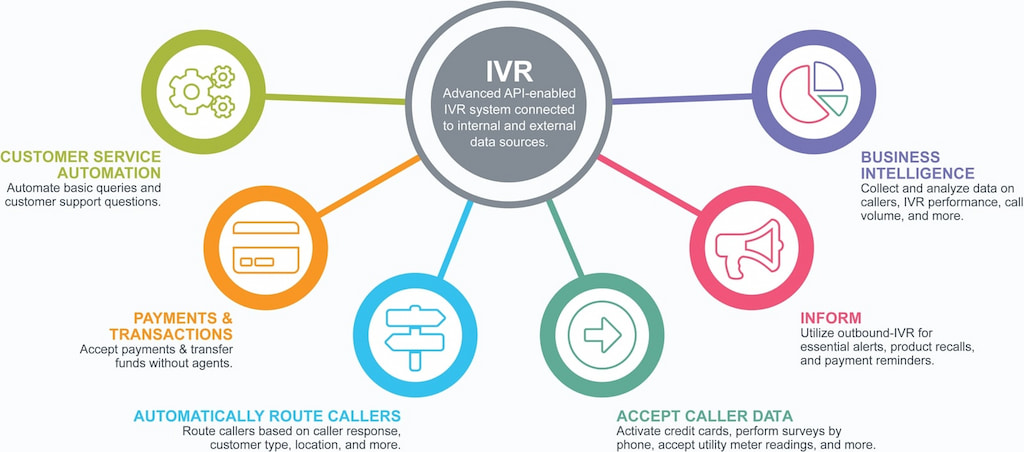
Example: A healthcare provider’s call center could implement an automated interactive voice response (IVR) system that intelligently routes calls based on the caller’s inputs. For example, patients calling to schedule an appointment could be routed directly to a scheduling specialist, while billing inquiries are sent to the accounts department. This targeted approach reduces the number of unnecessary call transfers, leading to quicker resolutions and lower operational costs.
13. Monitor and control overtime
Managing overtime costs is essential to prevent unnecessary expenses. By closely monitoring and controlling overtime, you can ensure staffing levels match demand without overspending. Analyzing call volume patterns and scheduling accordingly helps minimize overtime. Additionally, cross-training agents to handle different inquiries increases flexibility, allowing for coverage during peak periods without extra hours.
Example: A retail call center could use a quality assurance program to review recorded calls, identify common issues, and provide targeted feedback to agents. This process improves customer satisfaction, reduces repeated interactions, and lowers operational costs by cutting down on overtime.
Conclusion: Achieving Call Center Cost Savings
Each of the call center cost-cutting strategies can be tailored to your specific environment, resulting in cost reductions and a more streamlined operation.
To support these efforts, the best call center software for small business, like Everhour, helps track time, manage projects, and monitor productivity. Integrating Everhour provides insights into where time and resources are spent, enabling data-driven decisions for ongoing cost reduction.
For teams of 5 or more, Everhour is the best workforce management software for call centers.
Benefit from using a special CRM dashboard template!
